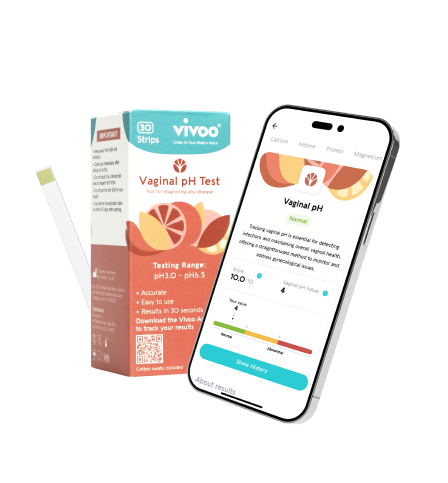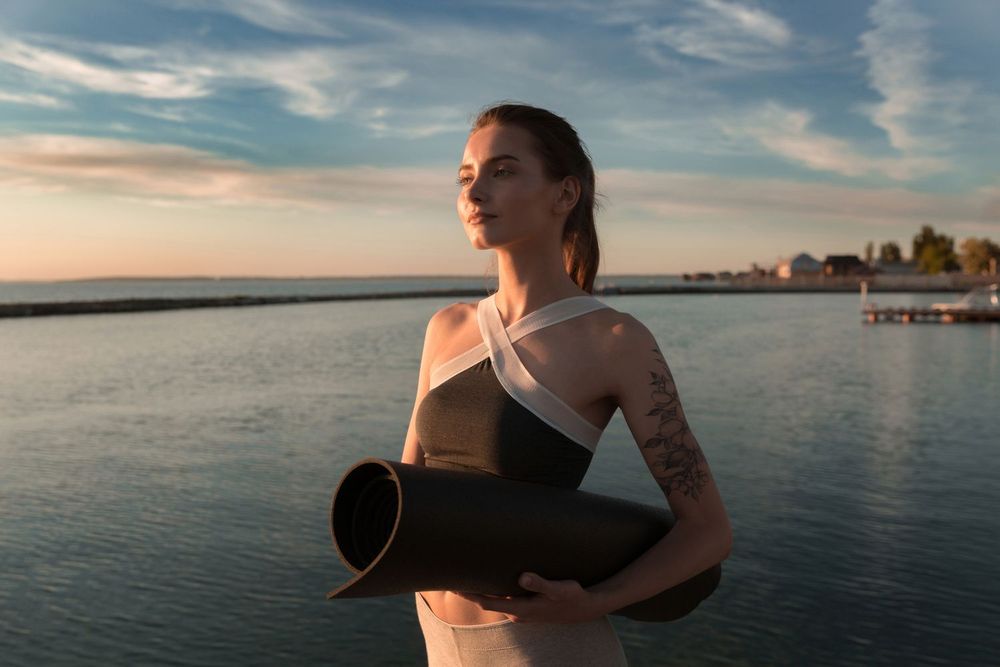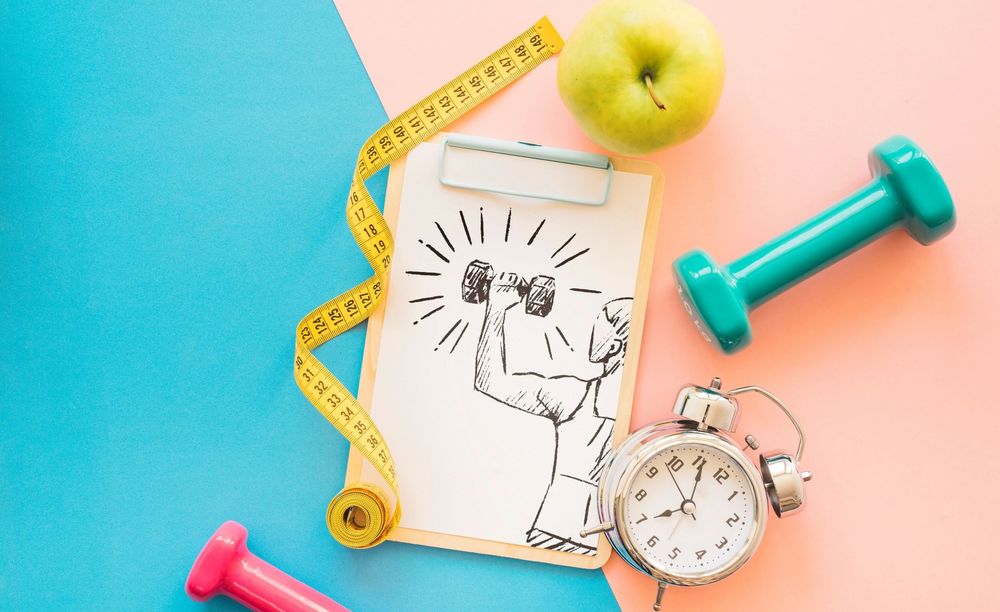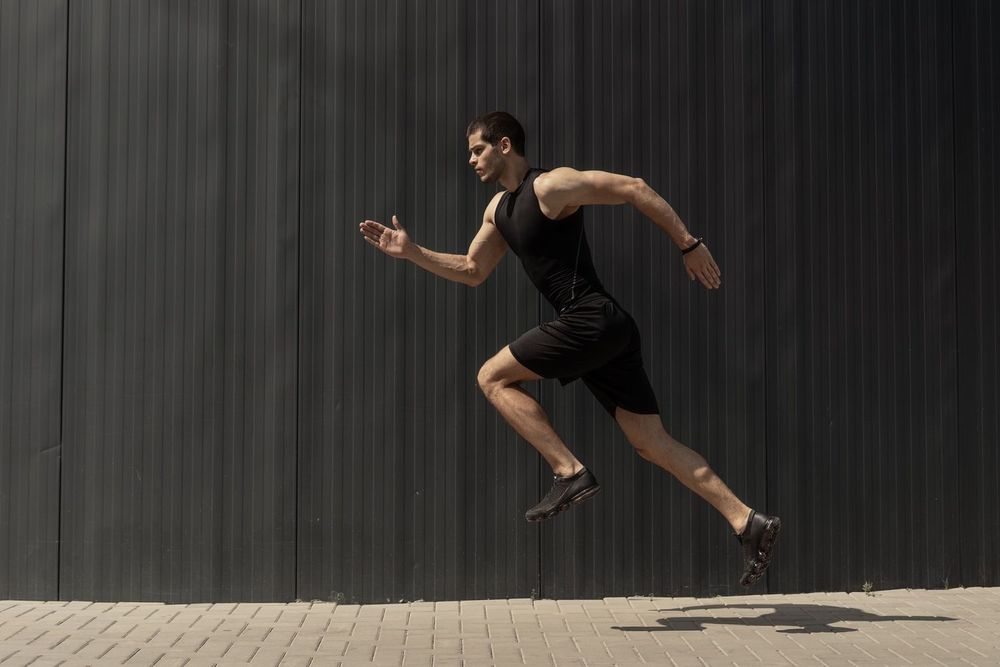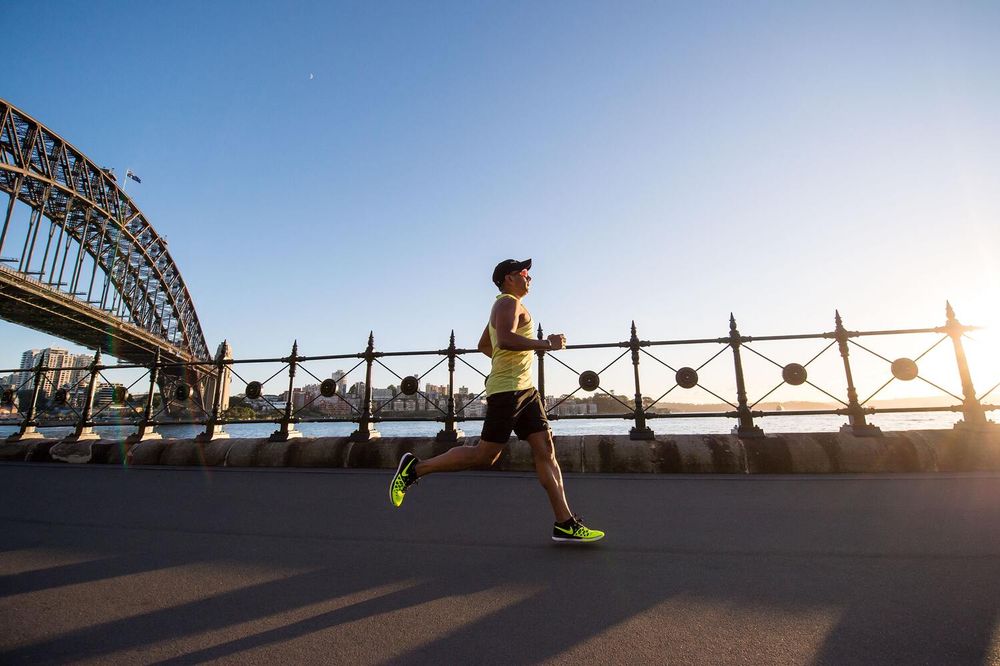Yoga is an extremely popular form of exercise, chosen for its impressive impact on both the mind and body, but it is clear that some people still shy away from trying it. We get it! Starting something new can be a bit daunting! Someone might feel they aren’t in the right physical shape to do yoga, or that they aren’t flexible enough (you are, and you are). Everyone begins somewhere!
There can be a misconception that yoga is simply meditating with your legs crossed. Yoga, in reality, can be challenging for any beginner, and not just physically. There is a mental and psychological component, as well. Choosing a style, an instructor, or a studio that satisfies our needs physically, spiritually, and mentally is very important.
The good news is that you are in the right place to begin your exploration into yoga. Here are six basic yoga tips for beginners!
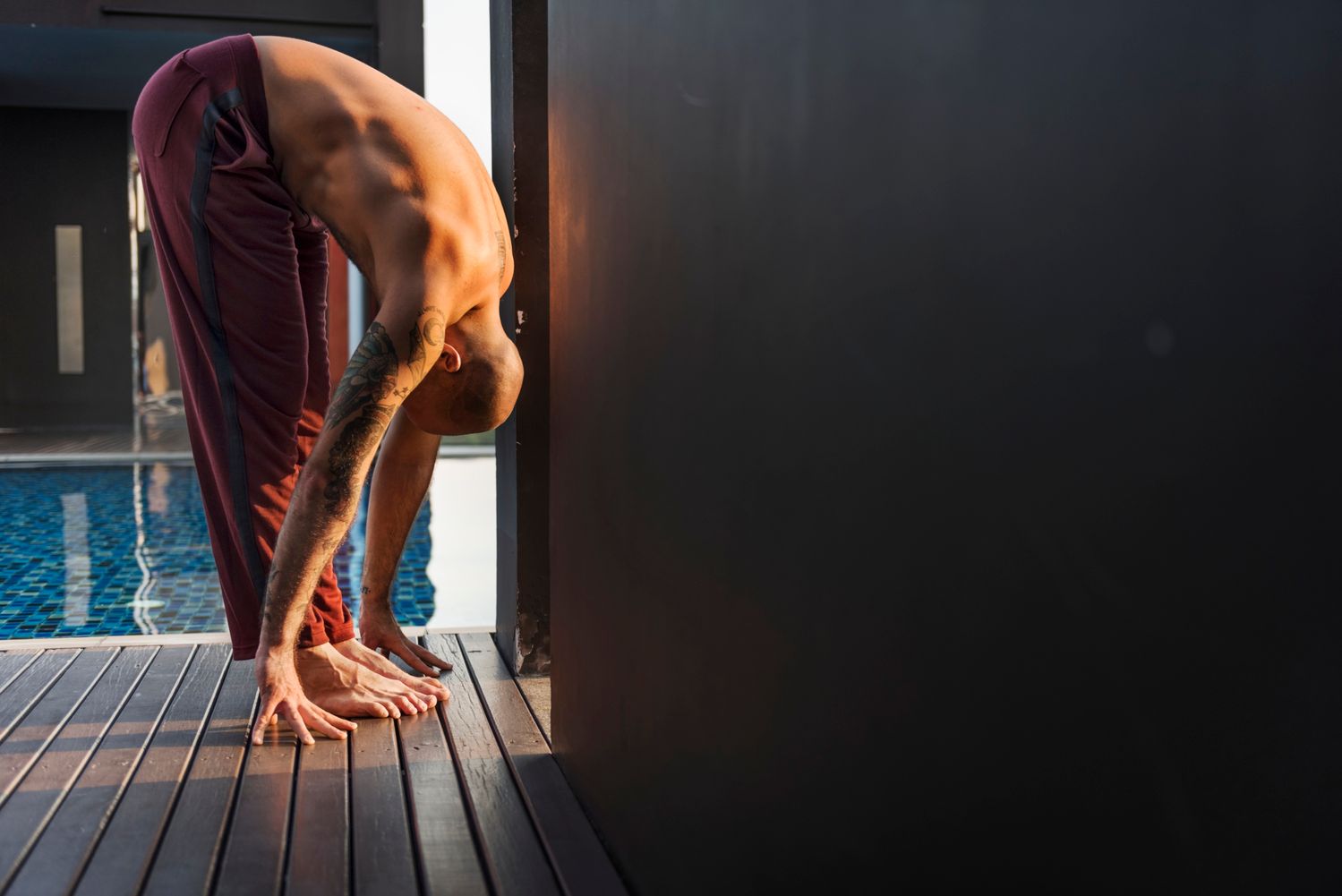
1. Choose your style of yoga.
There are different styles of yoga, and choosing one that will keep you motivated is important. If you find the right style, you’ll find that the practice benefits your overall physical and mental wellbeing.
One of the first things you should consider is what, exactly, you want from your yoga practice. Do you want to sweat a lot and really push yourself to become stronger? Is yoga going to be something you practice to reduce stress and increase flexibility through calming exercises? These questions are your first essential step into yoga.
Vinyasa Yoga, Bikram Yoga, and Ashtanga Yoga are yoga practices that will make you sweat. Don’t dive in quite yet, let’s see what that means for those who practice them.
Vinyasa Yoga
This yoga is a type of Hatha Yoga, and is mainly focused on breath-motion synchronization. This yoga has movements that change with the breath cycle, meaning one pose will be held during inhalation, and during exhalation, that pose will change again. The poses are lined up one after the other to form a beautiful dance-like choreography. Each pose has a meaning that brings your body to a peak pose during the choreographed pose sequence. Since each pose is linked to each breath, this can become quite fast-paced, and can be considered a cardio class.
Bikram Yoga
Bikram Yoga, aka Hot Yoga, has 26 basic poses that are performed one after another in a room heated to 104F (40C). The heated environment helps the body to relax and stretch, opening up the body better. If you like your workouts hot and routine-based, then this practice may be right for you.
Ashtanga Yoga
Ashtanga Yoga is similar to Vinyasa Yoga in that it is practiced based on the breath cycle, however Ashtanga Yoga poses are specifically sequenced. Again, we see the poses moving from one to another like a choreographed dance. This is a stricter practice that involves increasing stretching and breath control.
On the other end of the yoga spectrum, we have slower-paced and less intense yoga practices. These practices allow you to stay in a position for a longer period of time, stretching slowly in each pose without increasing their heart rate. If sweating isn’t your thing, try one of these two styles.
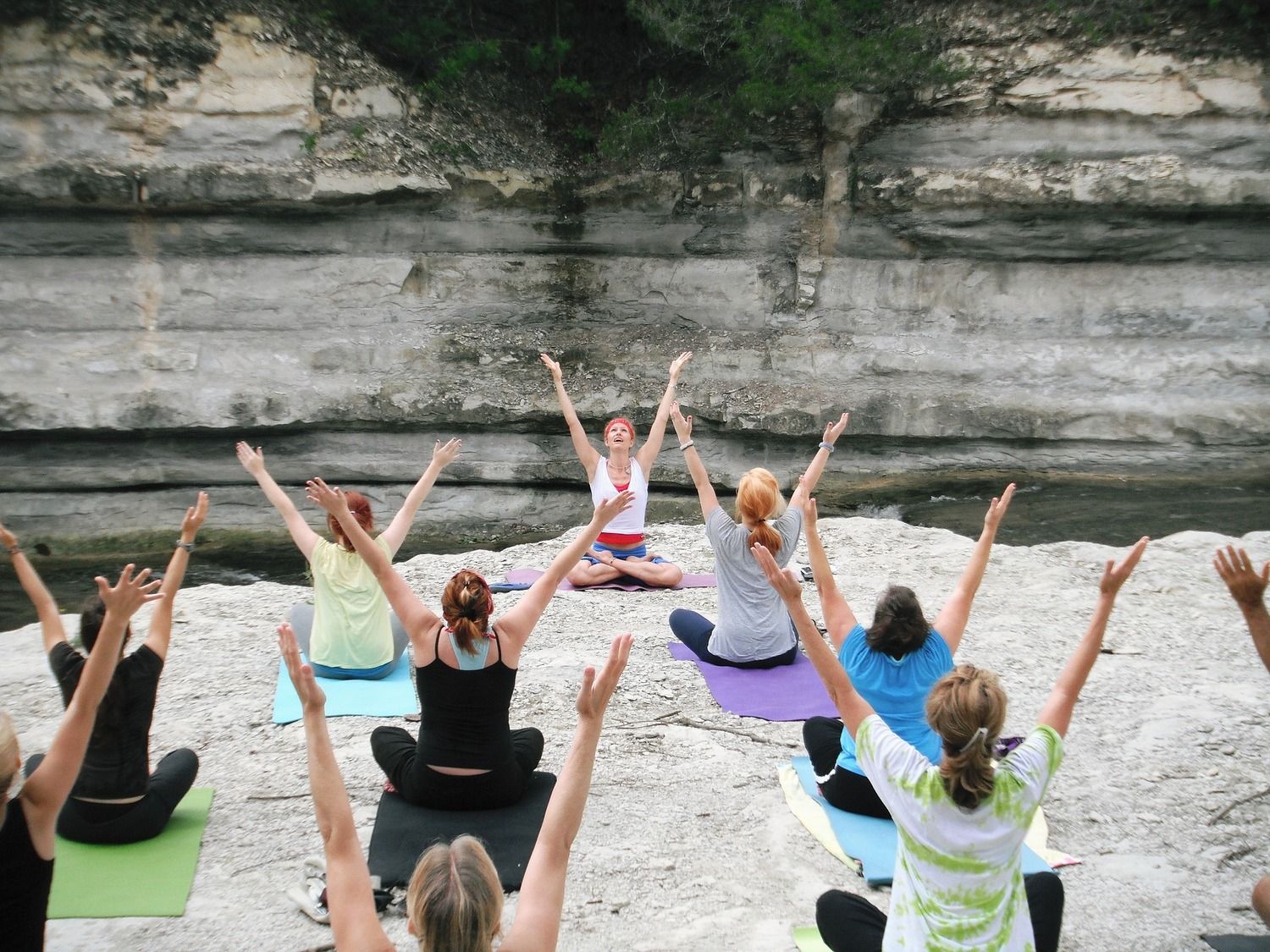
Yin Yoga
Yin Yoga has fewer poses than other practices, but those poses help for between 5 and 10 minutes. Modifications can be made to each pose to help increase the stretch level of the poses. Another attribute that separates Yin Yoga from other practices is that there are no standing poses. All poses are performed on the ground. This very slow practice is very calming on the nervous system and increases the relaxation of the mind.
Hatha Yoga
Hatha Yoga strengthens your body while also not causing you to sweat a lot. The poses are the same as Vinyasa and Ashtanga Yoga, however, you remain in each pose for 3-5 breath cycles, and the focus is on the large muscle groups.
2. Find your instructor or studio.
There are many ways you can practice yoga. You may choose to hire a private instructor, go to classes, or watch YouTube videos. Take the time to explore different options so you choose the instructor that is right for you. The right instructor can feed your motivation to continue, just like a bad instructor can suck any inspiration you have out of you. Eddie Modestini, a student of K. Pattabhi Jois and B.K.S. Lyengar, said that it is very important to find a teacher to lead a beginner yogi down a path that will help us to discover ourselves.
If you choose to enroll in a class, make sure the class is at a beginner level with a style you are comfortable trying. Don’t hesitate to try different studios and instructors within your chosen style to find the right fit for you. Be patient, it may take a few tries.
3. Recognize your limitations, and do not compare.
Being honest with yourself and accepting your limitations is an important part of your yoga journey. Since yoga is not purely physical practice, acceptance of yourself as you are is one of the first steps for yoga. Yoga poses are called “asana”. Asana is one of the eight limbs of Yoga. Another limb is called “yamas”, and this refers to abstinence. That practice of abstinence is about learning restraint and respecting the limitations that come with the restraint. Within yamas is another term, satya. “Satya” refers to truth, and learning to be truthful in one’s thoughts, speech, and action. The principle of compassion and nonviolence toward all living things, including oneself, is known as “ahimsa”.
We can very easily see many yogis doing advanced poses (asana) on social media, and this can make us impatient to advance as quickly as possible. Some people in a beginner class may have a bit more practice with poses than we do, and practice more intermediate moves. Don’t let this push you beyond what you are ready for. Being honest with ourselves is one of the important tenets of practicing yoga. Comparing our journey to someone else’s journey is fruitless. Let’s keep our focus on ourselves and our own growth.
4. Modify poses, and use variations.
As we said before, there are a lot of asanas (poses) in yoga. Determining which poses are suitable for your level may be difficult for a beginner yogi. If you decide you want to try a pose to see if you are ready for it, remember that there are probably modifications for it to smooth your transition into it. You can use different equipment (books, chairs, yoga blocks or belts, etc) around you to help modify your workouts and transition into more difficult poses.
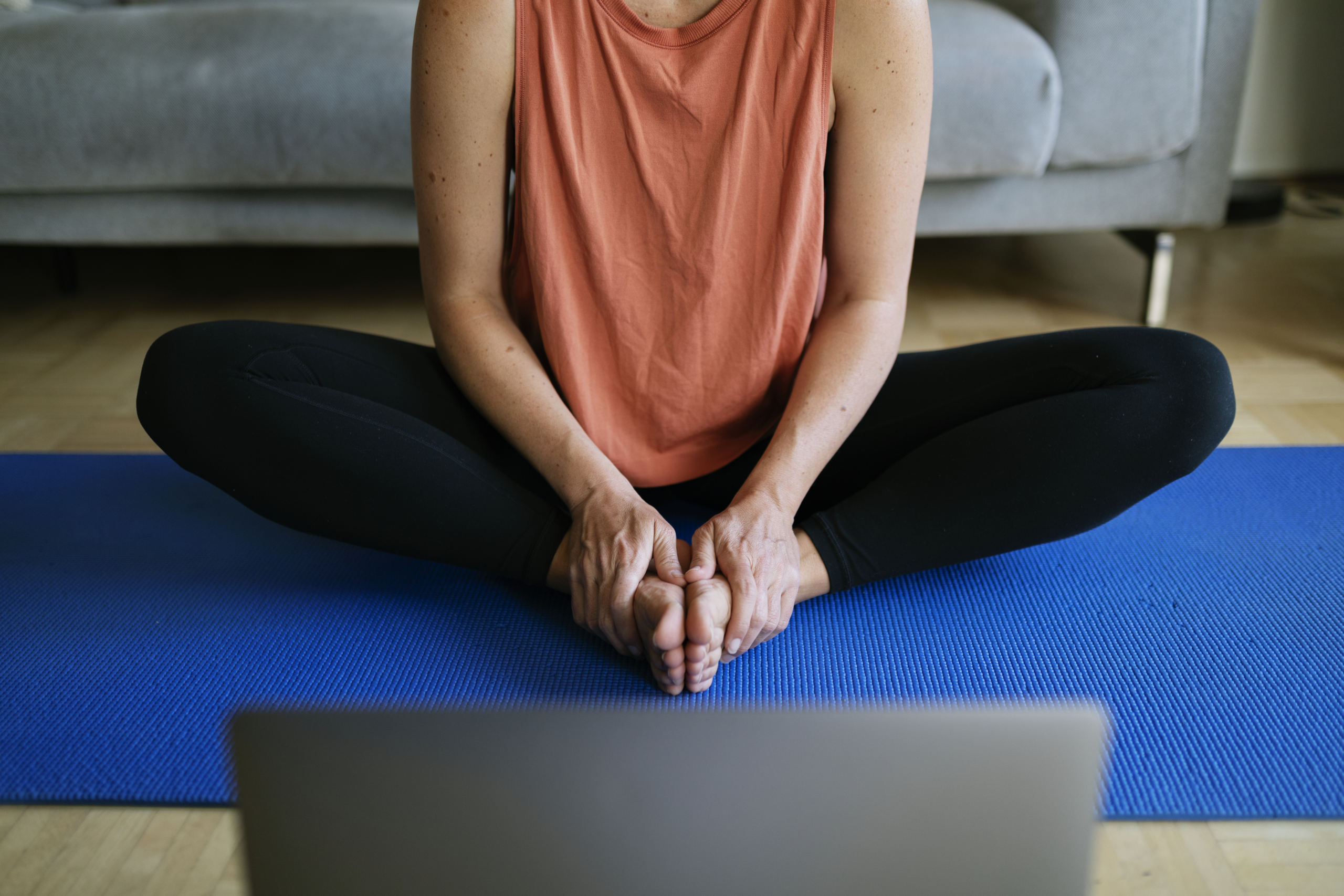
5. Practice daily.
The idea of practicing every day may seem like a lot, and since yoga can be more difficult for beginners, practicing daily may seem like an ordeal. Yoga helps to strengthen your muscles while stretching them and increasing their flexibility. That means that regular practice will take you to the next level with your strength and flexibility. This doesn’t mean practicing for hours on end. It could mean that you do as little as 5-6 sun salutations.
6. Select your clothes and mat.
You actually don’t need specific clothes or a mat to practice yoga, but a sticky mat can make your practice more comfortable. Sticky mats can help provide the support you need and prevent injuries from sweaty hands and feet. And for clothes…well, we all know we feel a bit more motivated when we have some fresh clothes or equipment.
You are now ready to go forth and begin your yoga journey! Roll out your mat, respect your body, be patient, just practice, and you’ll feel great.


